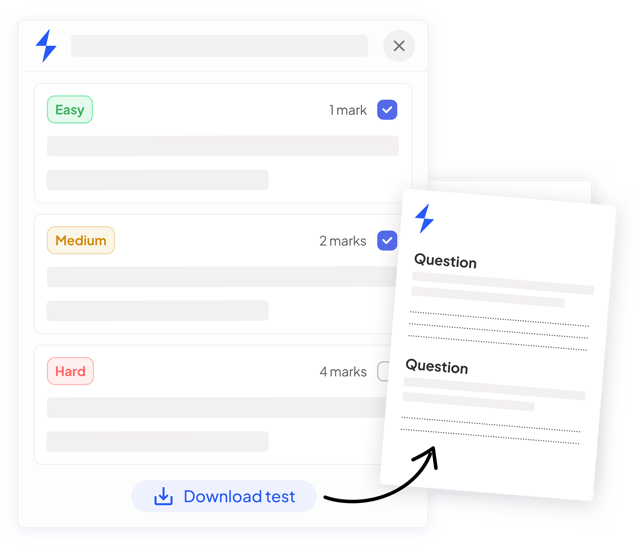Predicting Reactivity (OCR GCSE Combined Science A (Gateway)): Revision Note
Exam code: J250
Predicting Reactivity
Using some of the patterns of reactivity in the Periodic Table we can predict what properties an element may have
Key patterns include:
Elements in Group 1 and 2 are highly reactive
Metals in Group 1 and 2 get more reactive as you go down
Metals form ionic compounds with reactive non metals
Non- metals in Group 7 get less reactive as you go down
Group 0 elements are unreactive

Comparison of Transition Metals and Group 1 Properties
There are also some key differences between the reactivity of transition metals and Group 1 metals
All of the group 1 metals form ions with a +1 charge while the transition metals can form ions with variable charges
For example iron can form an Fe2+ ion or an Fe3+ ion
The transition metals are much harder, stronger and denser than the group 1 metals, which are very soft and light
They have much higher melting points e.g. titanium melts at 1,688 ºC whereas potassium melts at only 63.5 ºC, not far off the average cup of tea!
The transition metals are much less reactive than the group 1 metals
The alkali metals react with water, oxygen and halogens while the transition metals either react very slowly or do not react at all
A classic example of this is the reaction with oxygen
A Group 1 metal will tarnish in the presence of oxygen as a metal oxide is formed
When cut with a knife, the shiny appearance of the metal disappears in seconds as it is covered by the dull metal oxide
Iron on the other hand can take several weeks to react with oxygen to form iron oxide (rust) and requires the presence of water
Examiner Tips and Tricks
Sometimes you are asked to identify unknown elements from the Periodic Table based on these properties so make sure you remember them!
Ready to test your students on this topic?
- Create exam-aligned tests in minutes
- Differentiate easily with tiered difficulty
- Trusted for all assessment types

Did this page help you?